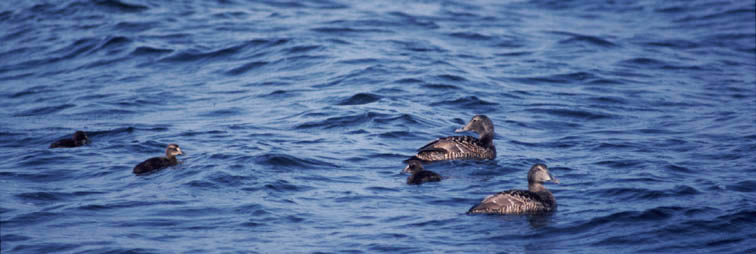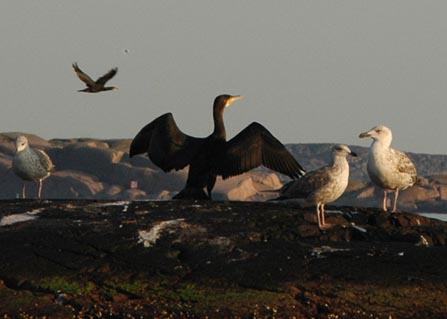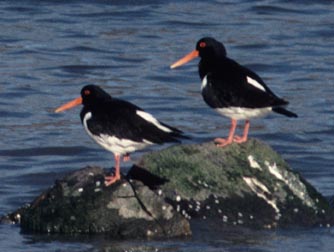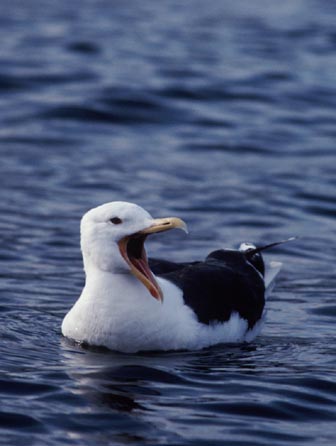| Animal
life in Stångehuvud
|
|
|
|
|
|
|
In ponds
south of the lighthouse, swimming birds such as Mallards and Mute
Swan can occasionally be seen. Rarer wind-driven sea birds, such as Little
Auk and Gannets
have also been observed. |
| Great Cormorant. | |
|
Several of the ponds of fresh
water are good habitats for
amphibians. The protected Lesser Newt
is observed in some of these ponds. |
|
|
Oystercatcher. |
|
|
|
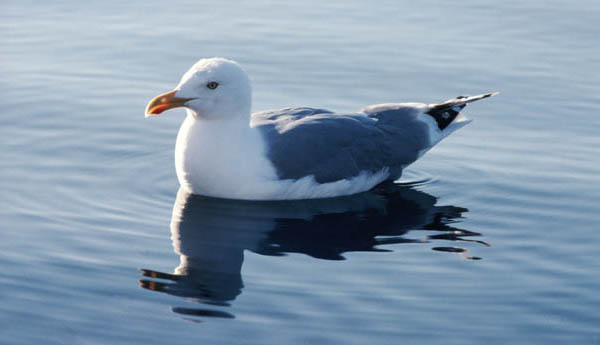
|
| Great Black-Backed Gull. | Herring Gull is one of the most common bird species in Stångehuvud. |
